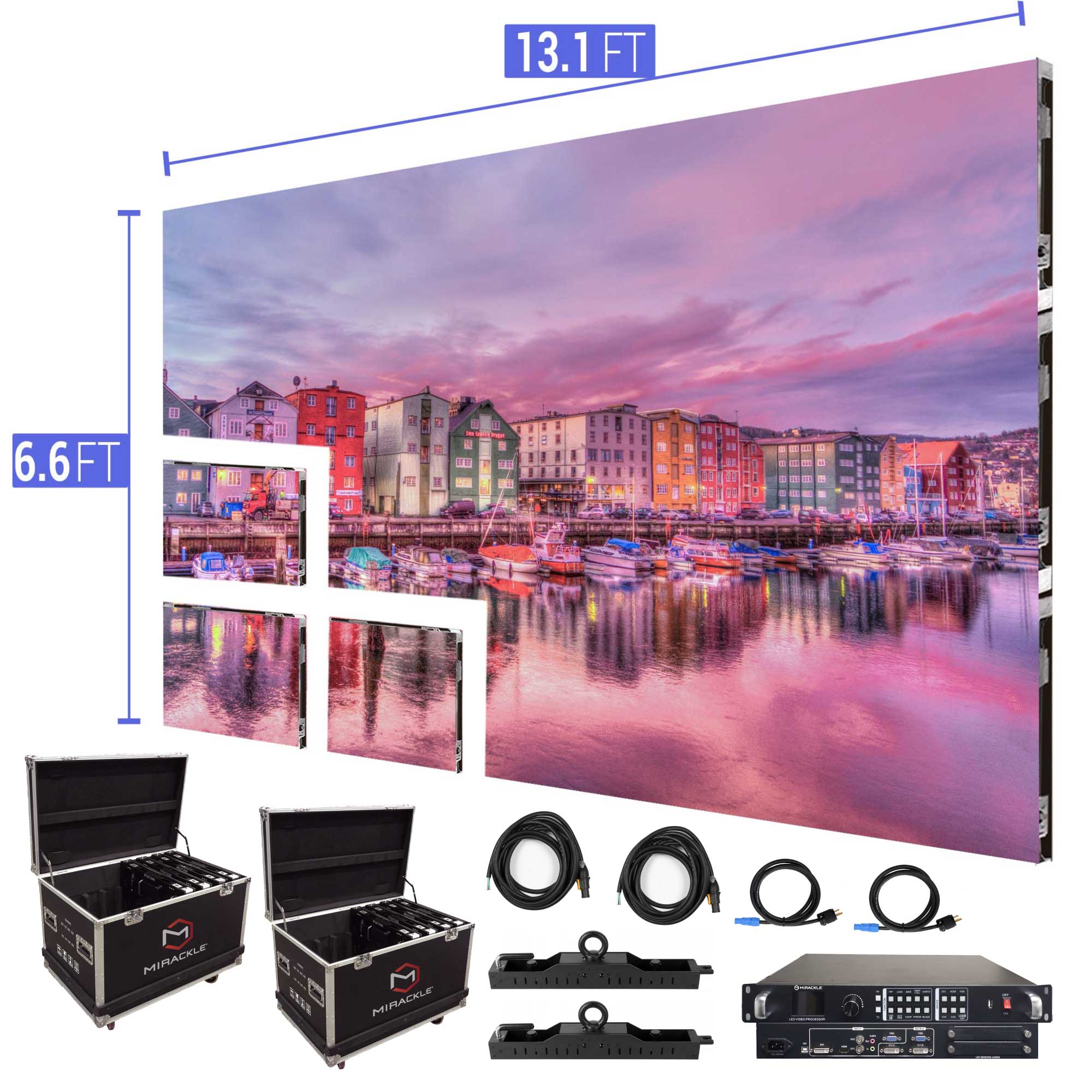Explaining Luminescent Panel Surface Brightness Metrics for Ideal Screen Performance
Explaining Luminescent Panel Surface Brightness Metrics for Ideal Screen Performance
Blog Article
Light Emitting Diode panel panels are increasingly popular in various settings, from homes and commercial spaces and public spaces. These panels are known due to the vivid as well as dynamic visuals, which make them ideal for conveying data, ads, and entertainment. Nevertheless, comprehending brightness illumination levels for Light Emitting Diode panel panels is essential for ensuring optimal display performance. Brightness is measured in units called nits, which show the amount of luminosity produced by a screen. The higher number of quantity in candelas, the brighter more luminous a visual will be. For instance, instance, one screen boasting 1,000 nits is significantly brighter compared to a featuring five hundred candelas, rendering this one more suitable for well-lit environments.
When choosing a Light Emitting Diode panel panel, it becomes important to consider the environment where that the screen will be placed. For well-lit illumined areas, such as retail environments and outdoor settings, a higher luminosity rate becomes essential for guaranteeing clarity. Conversely, in darker environments, such as theaters or conference rooms, a diminished illumination rate might suffice. This is because unnecessary brightness in a dark environment can lead to discomfort for viewers, making it more difficult for focus with a screen. Thus, comprehending specific particular needs for an setup site will aid with selecting a suitable illumination rate to ensure ideal visual experience.
A further crucial factor to consider the contrast differential proportion in the LED wall panel. The contrast ratio measures the difference between the most luminous light versus the darkest black shade that the panel can produce. A greater contrast proportion indicates the display can the display can show more detail and richness, thereby improves general visual quality. For instance, a panel with a differential proportion at ten thousand to one is able to display images with more vivid hues as well as crisper details compared to one with a proportion at 1,000:1. This is particularly important when showing visuals or videos that demand greater definition and detail, such as presentations or advertising material.
Additionally, the technology technology behind LED panel screens has a crucial role for the discover this info here brightness and overall performance. Various kinds in LED technologies, such as Organic Light Emitting Diode as well as Liquid Crystal Display, have distinct traits which affect how brightness is experienced. Organic Light Emitting Diode screens often offer better differential and deeper shades, thereby may enhance the viewing experience within dim environments. On the other hand, standard Light Emitting Diode panels may prove to be better in bright environments because of the ability to generate greater levels in brightness. Understanding these tech-related differences will help users in deciding on knowledgeable choices based on specific individual needs.
In conclusion, regular care as well as calibration for Light Emitting view publisher site Diode wall panels may help maintain ideal illumination as well as efficacy long-term. Dust and dirt may build up on the screen, affecting the illumination and clarity in the visual. Periodic washing as well as professional adjustment may ensure that panel panel operates in its best, offering uniform image quality. Moreover, certain advanced Light Emitting Diode panel panels feature built-in built-in options that allow users to modify illumination levels and hue settings based on individual preferences. Through taking these measures, users will guarantee that LED LED wall screens deliver an best display efficiency, regardless of where environment in that they are placed.